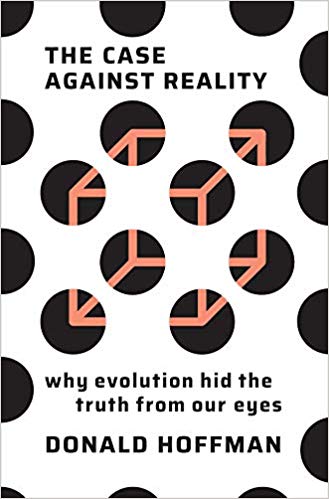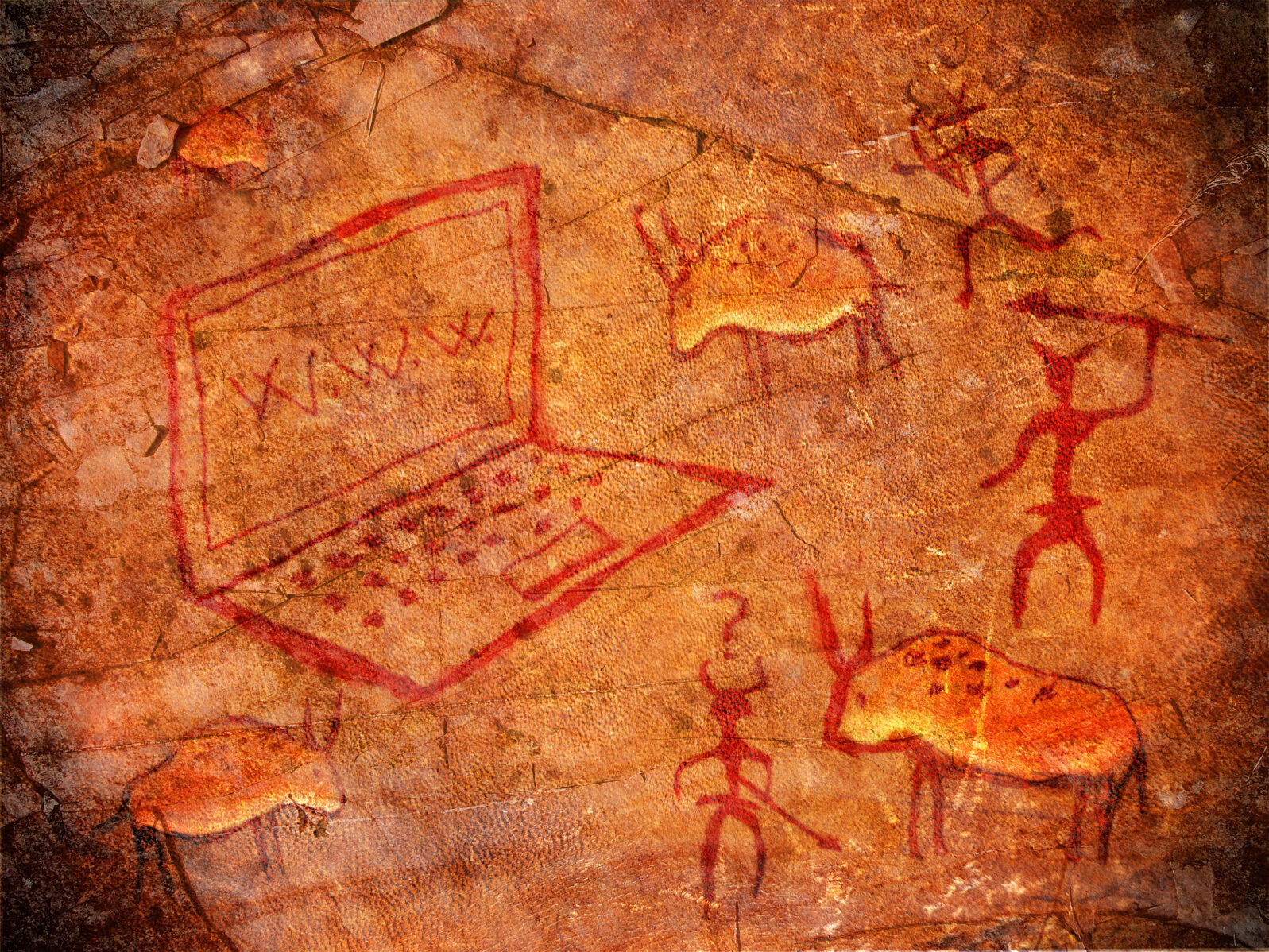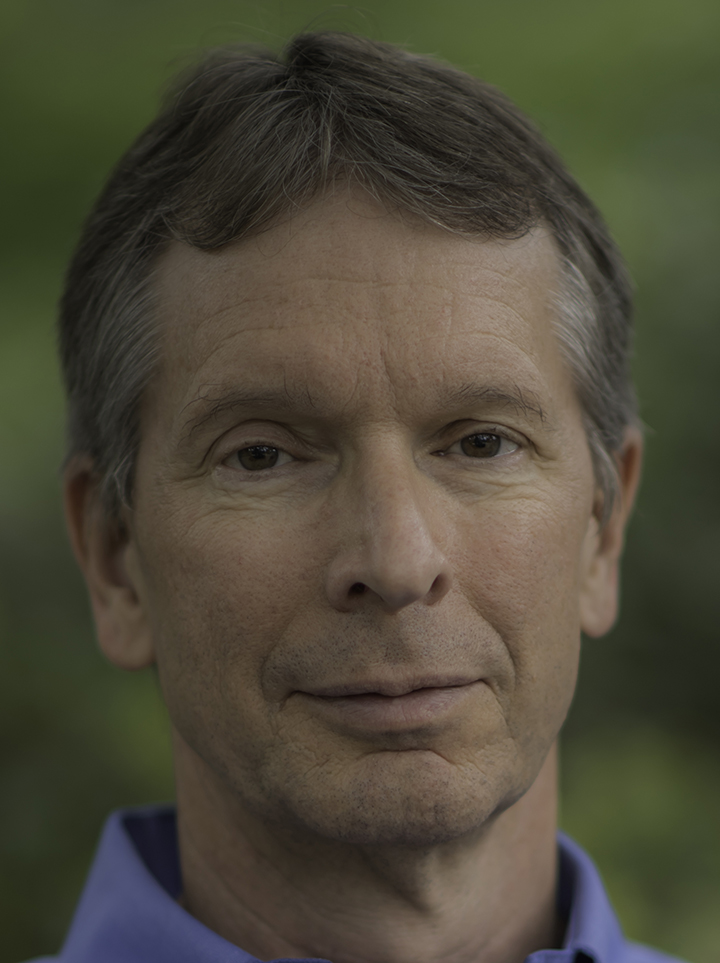Why Some Scientists Think Science Is an Illusion
It’s a useful illusion, they say, but our brains are not really wired to know the factsThe great triumph of the theory of evolution was to show that humans are just animals in nature — clever, yes, but clever animals. Or so we are told. No more mysticism about the “mind”! — it’s just the human brain. The brain is a mechanism that evolved over time by natural selection, to enable our survival. And we can eventually figure out exactly how it works.
Not so fast. That door leads to a blind alley, as a recent essay by an enthusiastic neuroscientist illustrates.
Cognitive scientist Donald Hoffman says that evolution by natural selection selects for the fittest human. Is the fittest human the one most likely to pursue the truth at any cost? His team’s computer simulations showed otherwise:
They created a digital world with patches of territory that had varying amounts of resources in them. Creatures in this world used one of three possible perceptual systems to determine how rich a patch was. Truthful perception told the creature exactly how many resources were in a patch, but it also took the most energy. Critical realism used less energy but gave the creature only a rough idea of the richness of a patch by labelling it with one of three colors. The final perceptive system was the interface approach; like critical realism, this labelled territories with a colour, but the colour depended on how useful the patch was (i.e., its fitness contribution) rather than how many resources it had. Since fitness is context-dependent, more resources in a patch wouldn’t necessarily mean a higher fitness contribution; for example, the ideal patch might have an intermediate amount of resources. The team let digital organisms with the different perceptual systems compete against each other to see which would do best. They found that, as long as there was a cost to getting information, the interface model of perception was the most successful. In other words, evolutionary pressures selected for rules to construct a picture of the world that is useful regardless of whether or not it’s true.
Sedeer el-Showk , “Accumulating glitches: Exploring the grandeur of evolution” at Scitable (Nature) (2013)
Paper (open access, 2010).
Hoffman, also the author of The Case Against Reality: Why Evolution Hid the Truth from Our Eyes, sums up:
It leads to a crazy-sounding conclusion, that we may all be gripped by a collective delusion about the nature of the material world. If that is correct, it could have ramifications across the breadth of science – from how consciousness arises to the nature of quantum weirdness to the shape of a future “theory of everything”. Reality may never seem the same again.
Donald Hoffman , “ Is reality real? How evolution blinds us to the truth about the world” at New Scientist
In his view, not even a shared version of reality is evidence that our perceptions are not illusions; rather, it is evidence that we all evolved to have the same survival illusions.
Hoffman hopes that his insights will be borne out by the strangeness of quantum mechanics, which governs the relationships between elementary particles (electrons, for example). Their behavior seems strange because our day-to-day perceptions of how the world works are formed by our macro world where Isaac Newton’s descriptions of physics (the laws of motion, for example) are a reliable guide.
But that raises a question: Physicists discovered quantum mechanics by reasoning from the evidence for how near-infinitesimal particles behave. If all our knowledge comes from natural selection for survival, how would we know that our insights into a world we don’t even naturally perceive are not an illusion?
Well, Hoffman thinks, maybe they are:
If our team’s evolutionary ideas are true, that might lend momentum to models of quantum theory that see quantum states, and the mathematical and interpretational structures around them, as “epistemic” – reflecting not necessarily reality, but just our state of knowledge of it.
But it goes further. Even perceptions as seemingly fundamental as space and time might not actually be part of objective reality. That insight could inform our search for theories that unite the two great theories at the heart of modern physics.
Donald Hoffman, “ Is reality real? How evolution blinds us to the truth about the world” at New Scientist
He cites a physicist for support:
General relativity demands that space-time, the four-dimensional structure that space and time together form, is smooth and continuous, whereas a quantum description requires a pixelated description. As the theoretical physicist Nima Arkani-Hamed has said: “Almost all of us believe that space-time doesn’t exist, that space-time is doomed, and has to be replaced by some more primitive building blocks.” Admittedly, no one yet knows what those might be – but our insights suggest the hunch they must be replaced is right.
Donald Hoffman, “ Is reality real? How evolution blinds us to the truth about the world” at New Scientist

At this point, Hoffman appears to have lost all contact with his own argument. Whatever may come of the puzzling relations between relativity and quantum mechanics (the very large vs. the very small), if he is right, we will never know more than a bipedal ape fleeing a lion on the savannah.
If something about Hoffman’s argument strikes the reader as a bridge too far, here are some observations and alternative views:
First, the argument depends on a computer simulation. A simulation provides output based on the input chosen by the team. If the input does not include all relevant factors, running the simulation through a computer does not strengthen its validity as a model. Robert J Marks has noted this same principle at work with search engine algorithms: Human beings wrote them. Bias may be unconscious but quite real.
Saying that all humans have their biases is, however, is a very long way from saying that evolution means that all our knowledge is illusory. Biases can be challenged and corrected; the total blindness to reality that Hoffman pictures would make science a lost cause.
One way of understanding normal bias is to picture a sporting event. You must sit somewhere in order to see anything. Where you sit is your bias. It’s not an illusion but it is a limited picture. Even if you had many cameras showing the players at a variety of angles, you’d face the task of collating the information and deciding what’s most relevant. That task would introduce a new bias. If we assign the work to artificial intelligence to speed things up, we must depend on the programmer’s bias (which we may not know and therefore can’t easily correct for).
Natural bias is not pure illusion and it doesn’t mean we can never know what happened. It means we must share our perceptions and think critically about the big picture.
Thinking that humans evolved does not require us to believe that our sense of reality is an illusion. A good case can be made that, whatever evolution did, the evidence shows that the human mind is immaterial— that is, our perceptions are not wholly the outcome of physical forces. Thus, an argument that our perceptions are an illusion must be made on grounds other than our evolutionary history.
Hoffman plans to tackle the Hard Problem of Consciousness next:
So how can we break through our subjective perception and find objective reality? I don’t know. But my collaborators and I are currently trying to solve the hard problem of consciousness by building a theory in which the underlying reality emerges from a vast network of interacting conscious agents and their experiences. Our space-time interface – together with shapes, colours and other sensory properties – is as a visualisation tool that some agents, like us, use to simplify and interact with this network.
Our hypothesis, of course, is probably wrong. But the point of science is to be precise, so we can find out precisely what is wrong with the idea. Our theory of interacting conscious agents fails if its predictions don’t square with well-tested results of classical physics, quantum theory, general relativity, evolution by natural selection and so on in our space-time interface.
Donald Hoffman , “ Is reality real? How evolution blinds us to the truth about the world” at New Scientist
Actually, if he is right, how would he know if he is right or wrong? All theories, including his, are part of the web of illusion spun by evolution. Testing is useless because there is nothing in the end but the bipedal ape running from the lion.
Most of us sense that, whatever is true about human evolution, that picture is not true.
Further reading on dilemmas around consciousness:
Why some scientists believe the universe is conscious They’re not mystics. But materialism is not giving good answers so they are looking around
Panpsychism: You are conscious but so is your coffee mug. Materialists have a solution to the problem of consciousness, and it may startle you.
and
How can consciousness be a material thing? Maybe it can’t. But materialist philosophers face starkly limited choices in how to view consciousness.

Featured image: earliest known non-Luddite cave/lolloj, Adobe Stock

